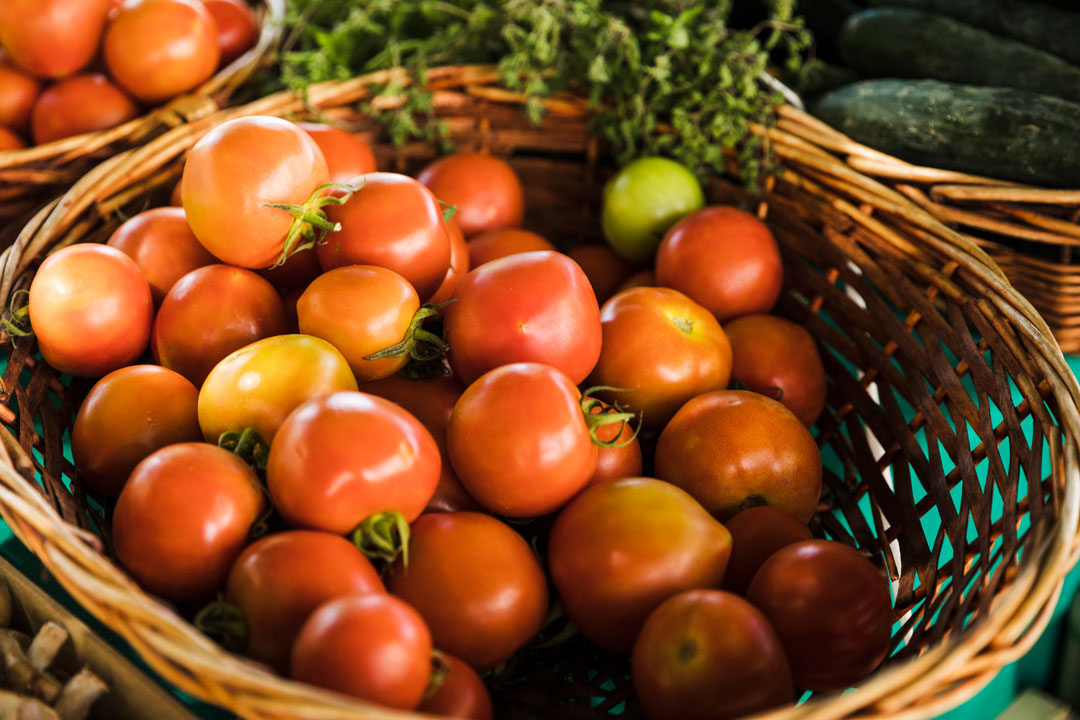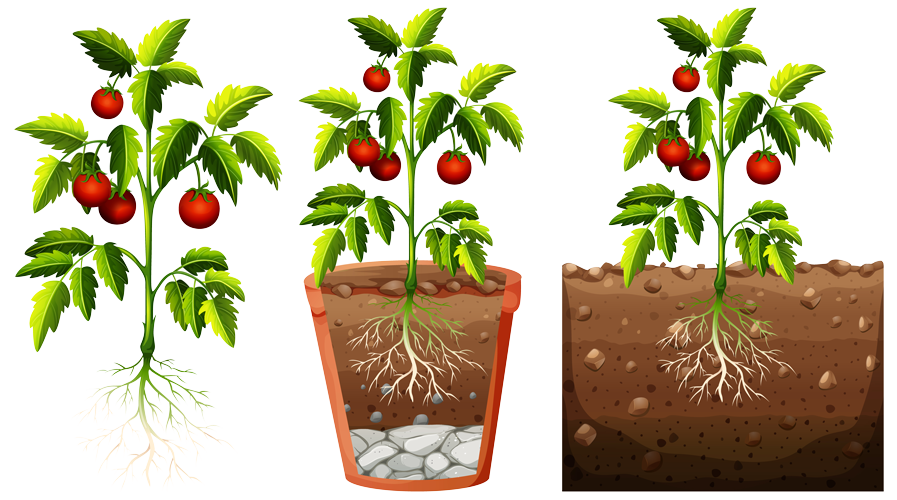
- Site Selection: Choose a site that has well-drained soil, good air circulation, and access to water. It is important to avoid areas with a history of tomato diseases to reduce the risk of crop failure. For example, you can choose a site that is on a gentle slope to improve water drainage, and trees or other structures do not shade that to promote good air circulation.
- Soil Preparation: Till the soil to a depth of at least 30cm to improve aeration and drainage. The soil should be free of rocks, debris, and other plant material. Add organic matter like compost or manure to improve soil fertility. For example, you can use a tractor to till the soil and add compost to the ground to improve its nutrient content.
- Variety Selection: Choose a tomato variety that is suitable for your local growing conditions and market demand. Common varieties grown in Zambia include Roma, Money Maker, and Marglobe. For example, if you are planning to sell your tomatoes at a local market, you may want to choose a variety that is popular among customers in your area.
- Seedbed Preparation: Create a seedbed by tilling the soil and forming raised beds. Seeds can be planted directly into the seedbed or transplanted from nursery beds. For example, you can use a hoe to create raised beds and plant your seeds or seedlings directly into the soil.
- Planting: Plant the seeds or seedlings at a spacing of 60-90cm between rows and 30-45cm between plants. Water thoroughly after planting. For example, you can use a measuring tape to ensure that you are planting your tomatoes at the correct spacing, and then water the soil immediately after planting to help the plants establish themselves.
- Fertilizer Application: Apply a balanced fertilizer before planting and again after the first fruit set. Inorganic fertilizers like NPK can be used, but organic fertilizers like compost and manure are also effective. For example, you can use a fertilizer spreader to apply the fertilizer evenly over the soil, and then water the ground immediately after application to help the nutrients penetrate into the soil.
- Irrigation: Water the plants regularly to maintain soil moisture. Tomatoes require consistent moisture, especially during fruiting. For example, you can use drip irrigation or a watering can to water the soil at the base of the plants, rather than watering the leaves or fruit directly.
- Pest and Disease Management: Monitor the crop regularly for pests and diseases. Common pests and diseases that affect tomatoes in Zambia include aphids, thrips, and bacterial wilt. Use integrated pest management practices to control pests and diseases, including crop rotation, use of insecticidal soap, and biological control agents. For example, you can use natural predators like ladybugs to control aphids or use organic sprays like neem oil to control fungal diseases.
- Pruning: Remove suckers and diseased leaves to promote fruit development and reduce disease risk. For example, you can use pruning shears to remove any excess foliage or branches from the plants, and then dispose of them away from your field to prevent the spread of disease.
- Harvesting: Tomatoes are ready for harvesting when they are firm and fully colored. Harvest regularly to promote fruit development and reduce the risk of pests and diseases. Store tomatoes in a cool, dry place to prevent spoilage. For example, you can use a knife or shears to carefully remove the ripe tomatoes from the plants, and then store them in a cool, dry place like a shaded room or a refrigerator.

In conclusion, tomato farming in Zambia can be a profitable venture when the proper steps are taken. Farmers should choose a suitable site, prepare the soil, choose a suitable tomato variety, prepare the seedbed, plant the seeds, apply fertilizer, irrigate, manage pests and diseases, and prune, and harvest the crop. By following these steps, farmers can produce high-quality tomatoes that meet market demand, reduce the risk of crop failure, and increase their income. However, it is essential to note that tomato farming can also be affected by environmental factors such as weather and climate, as well as market fluctuations. Therefore, farmers must stay up to date with the latest farming techniques and market trends to ensure success.


















